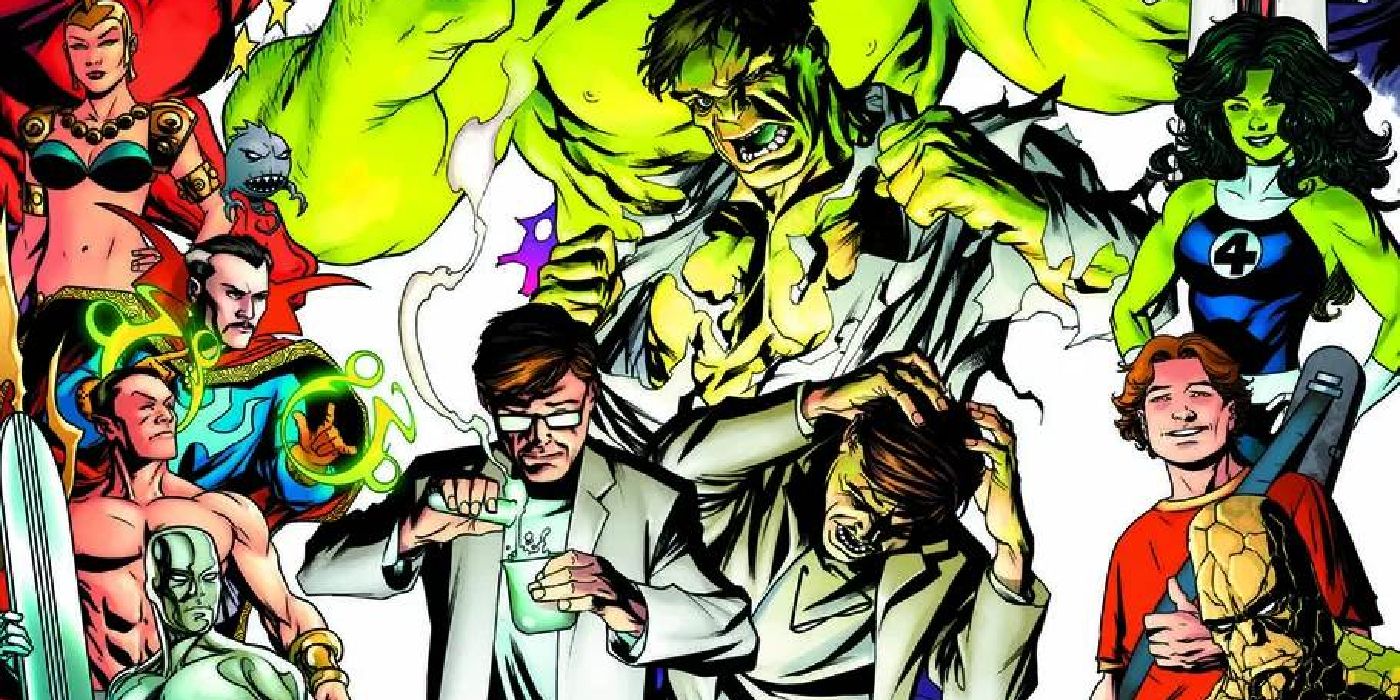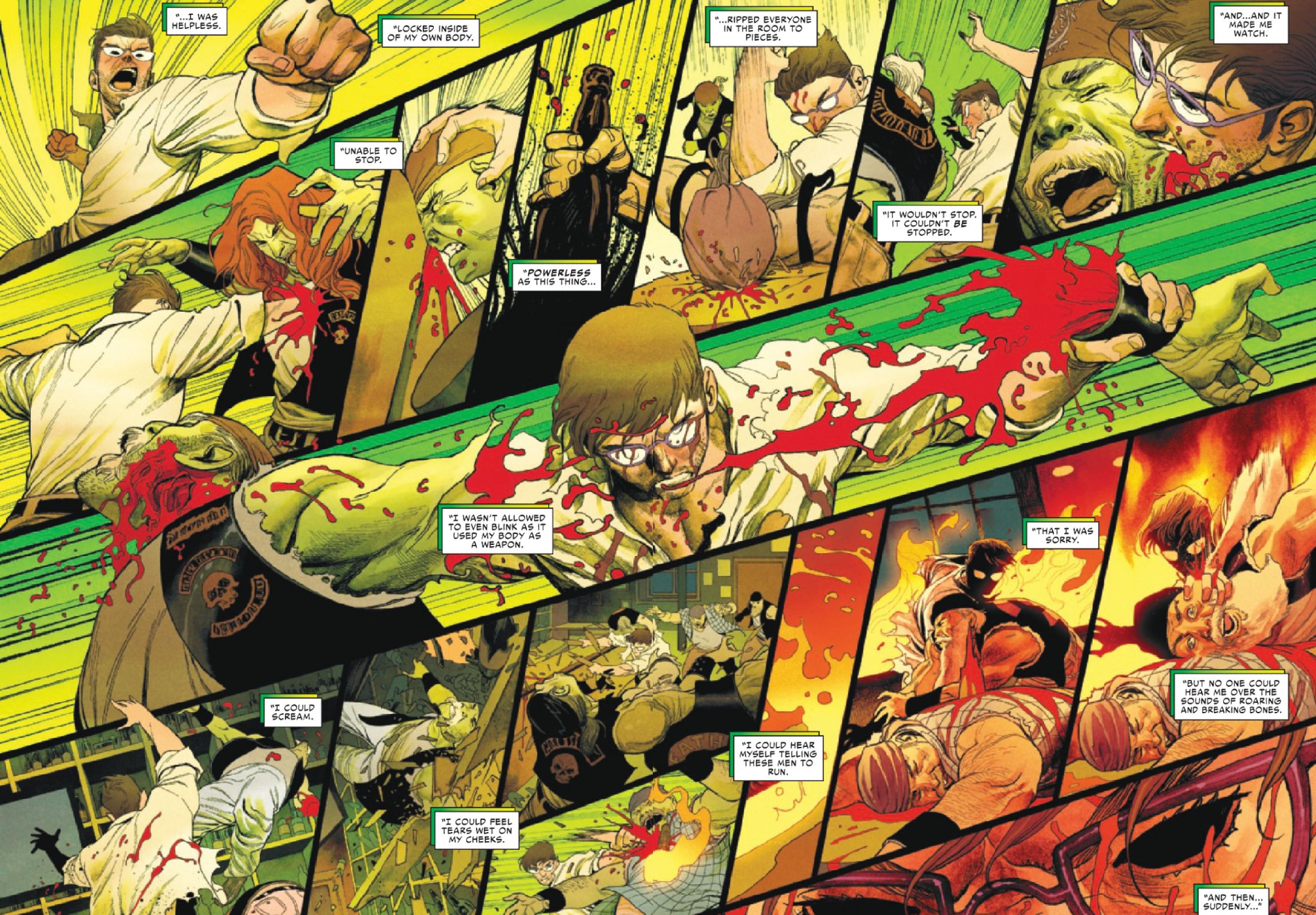Warning: Contains spoilers for Thor #25
Marvel Comics just broke the only rule that stayed consistent for the Hulk throughout the decades, despite the many changes the character went through. This also puts in question everything that readers knew about the Hulk until now and perhaps changes the relationship between Bruce Banner and his alter ego forever.
Since his creation in 1962, from the minds and hands of the legendary duo of Stan Lee and Jack Kirby, the Hulk has represented the concept of change and evolution perhaps more than any other Marvel character. While Bruce Banner remained more or less consistent as the frail scientist with anger issues who has to deal with the presence of a monster inside of him, the actual Hulk changed color, shape, and personality quite often. This was explained in later years through Bruce's Dissociative Identity Disorder, with each Hulk being a persona he developed to deal with traumas starting from his childhood. One thing, however, remained always the same. It doesn't matter if Hulk is grey or green, smart or dumb, childish or cunning, Bruce is always "puny Banner", a weak man who cannot defend himself unless he lets his inner monster free. This simple but fundamental tenet of the character was recently thrown away.
The current Hulk ongoing series, written by Donny Cates and penciled by Ryan Ottley, sees Hulk on the run after causing an incident in El Paso that killed seventeen people. No further details were known about the event, until Thor #25 - by Donny Cates, Martin Coccolo, and Matt Wilson - where a full flashback was shown. Bruce was quietly hanging out in the bar, planning his next moves after he (seemingly) reconciled with the Hulk after the two defeated the One-Below-All in the conclusion to Immortal Hulk. Suddenly, his "Hulk-rage" started spreading to people, who went crazy and attacked him. Bruce also lost control of his body (for yet unrevealed reasons) and killed everyone, displaying Hulk-level strength but without actually transforming. This is used in the series to add shock value to the event because, for once, Bruce was not locked away in his own mind while the Hulk went on a rampage, he was there all the time. Unfortunately, it does not make any sense in the context of everything that readers know about the character until now.
The one thing that makes Hulk different from any other "superhero" is that he cannot simply use his powers whenever he wants: Bruce has to lose control and transform into a literal monster to do so. This is what made the Hulk such a popular and enduring character: he is not a superhero. Hulk represents the dark impulses that lay inside each human being. Everyone would love to be Superman, but very few people in the world would like to be Hulk or Bruce Banner because his powers come with a loss of control, personified by the Hulk's monstrous form. If Bruce can simply use Hulk's powers while in his normal body (but apparently did not know how to do it consciously), then the character loses everything that made him stand out from the crowd of comic book heroes.
It is true that Bruce still lost control in El Paso, but the fact remains that this event established that he doesn't actually need to transform to use his powers. In the future, he might gain control of this new ability and just be "super-strong Bruce" forever, which honestly does not sound very exciting. The character had one rule set in stone: Hulk strong, Banner weak, and Marvel's decision to get rid of it does not make much sense.


